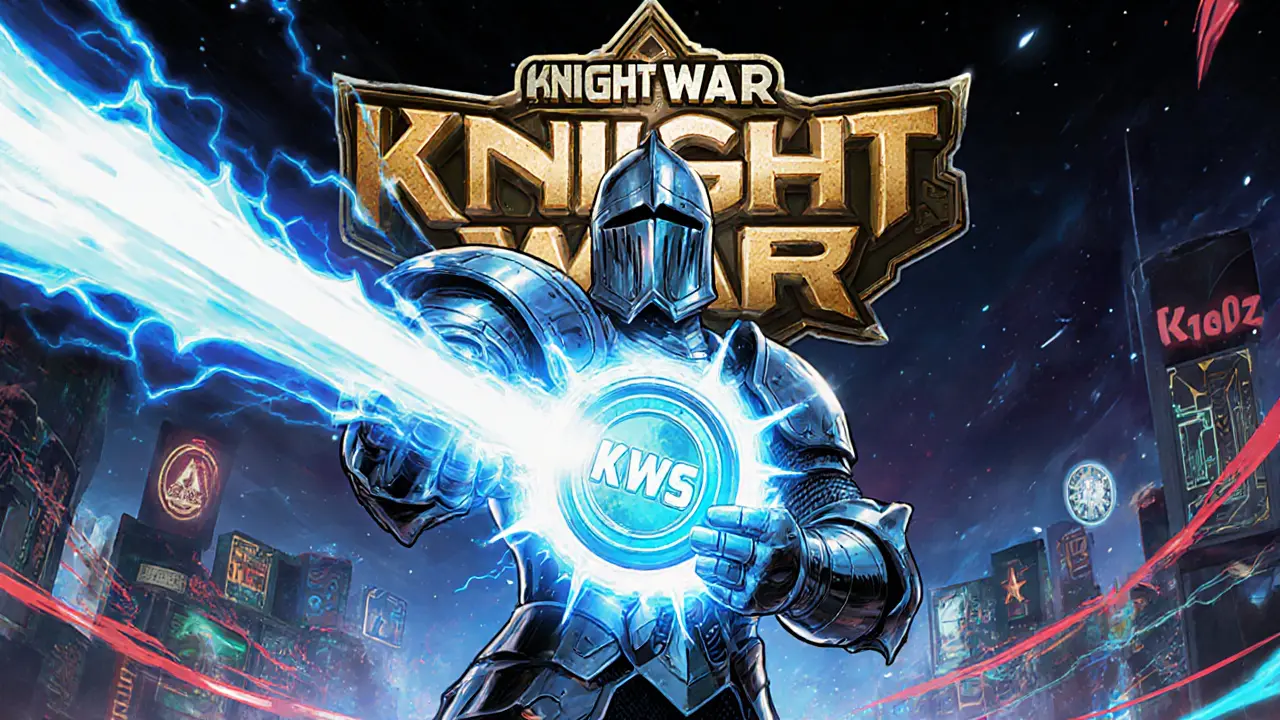When working with KWS token, a utility token built on Ethereum that powers the KWS ecosystem. Also known as KWS, it offers staking rewards, governance rights and a small supply that drives scarcity. Its price moves with cryptocurrency market cap, the total dollar value of all circulating crypto assets, so broader market swings can lift or drop KWS quickly. To trade the token you need a crypto exchange, a platform that lists digital assets and lets users buy, sell or swap them that supports Ethereum‑based tokens. Many projects boost awareness through an airdrop, a free distribution of tokens to eligible wallets, and KWS has run a few small campaigns to grow its community.
First, tokenomics shape how KWS behaves. The token supplies a fixed maximum of 10 million units, with a portion reserved for team, advisors and a community fund. Inflation is low, so holders often see price appreciation when demand rises. Second, staking is a core feature. By locking KWS in a smart contract, users earn extra tokens, which encourages longer holding periods and stabilizes price. Third, governance lets token owners vote on protocol upgrades, fee structures and future airdrop plans. This democratic element adds real utility beyond simple price speculation.
Security matters too. Because KWS lives on Ethereum, it inherits the network’s strong security model, but users still need to protect private keys. Hardware wallets or reputable custodial services reduce the risk of hacks. When choosing a crypto exchange, look for audit reports, insurance coverage and two‑factor authentication. Exchanges that list KWS usually provide liquidity pools, so check the pool depth before committing large amounts.
Market analysis shows that KWS reacts to changes in the cryptocurrency market cap especially during Bitcoin’s rally or dip. When Bitcoin gains momentum, investors often shift into altcoins like KWS, boosting its price. Conversely, a market-wide correction can pull KWS down even if its fundamentals stay strong. Tracking volume on exchanges and on‑chain activity helps spot genuine interest versus short‑term hype.
Community engagement is another driver. Past airdrop events rewarded early adopters, and the team frequently runs AMA sessions on Discord. Active participants gain early access to new features, higher staking yields, and sometimes exclusive NFTs that can be used within the KWS platform. Keeping an eye on official channels ensures you don’t miss these opportunities.
Regulatory outlook also influences KWS. As a utility token, it sits in a grey area in many jurisdictions. Some countries treat it like a security, requiring more compliance for exchanges. Staying informed about local crypto laws helps avoid unexpected freezes or delistings. Most reputable exchanges perform KYC checks to stay on the right side of regulation, which can add a layer of trust for KWS holders.
From a technical standpoint, KWS leverages ERC‑20 standards, meaning it’s compatible with most wallets and DeFi platforms. This opens doors for liquidity mining, yield farming, and cross‑chain bridges. Developers interested in building on top of KWS can use standard Solidity tools, which reduces the learning curve.
In short, understanding KWS means looking at its tokenomics, staking rewards, governance role, market cap influence, exchange listings, airdrop history, security practices, and regulatory environment. Below you’ll find a curated set of articles that dive deeper into each of these subjects, offering actionable tips and up‑to‑date data to help you trade smarter and stay ahead of the curve.

Discover everything about the Knight War (KWS) token airdrop tied to CoinMarketCap, including eligibility, steps, token utility, market data, risks, and FAQs.